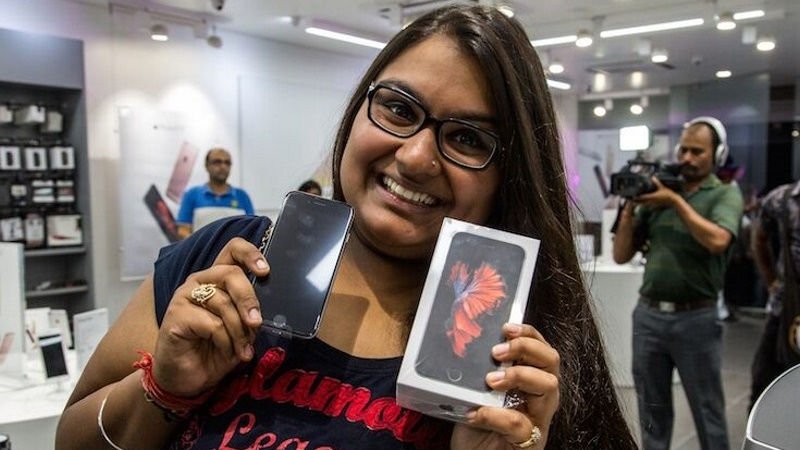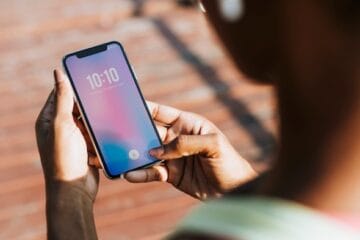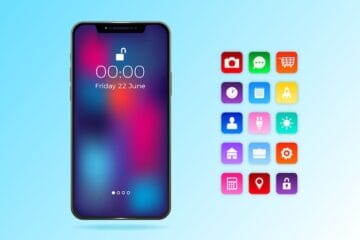
In India, for the price of the latest iPhone, you could eat breakfast, lunch and dinner for an entire year, and still have a bit of cash to spare.
Needless to say, at about Rs. 70,000 ($1,030) for a mid-range model, the iPhone 7 is a luxury item in the country of 1.3 billion. After Apple revealed the price last year, Indians had a field day on social media. One of the most-shared posts was a (fake) picture of an owner of a brand-new iPhone with a missing kidney.
It’s no secret that Apple is eager for a chunk of the world’s fastest-growing smartphone market. So far, it’s been a challenge. Last year, the Cupertino, California-based company shipped a total of 2.5 million iPhones in India, a small fraction of the 29 million smartphones that Samsung sold. Unlike Apple, the South Korean handset maker has an array of products designed for the market, including a smartphone that starts at $65.
ALSO SEETim Cook on Apple’s Plans to ‘Invest Significantly’ in India, Retail Stores, and Demonetisation
In fact, many Indians who want an iPhone wait for new models to launch-not because they want the latest one, but because prices of older versions will drop, making them more affordable. A stroll through the market might even convince you that the iPhone 5S, which was released in 2013, is Apple’s hottest product in India. There are posters telling buyers to ‘upgrade’ to the 5S, even though it’s already been phased out of some markets.
They retail in cramped stores in the smallest towns and cities, drawing crowds eager to own a bit of Apple magic. Storekeepers will usually try to entice people to to buy newer, affordable smartphones from Oppo, Vivo and other hyper-aggressive Chinese brands. Sometimes it works, but more often the shopper will opt for a 5S, asking the shop to transfer data and contacts into the phone, along with a few Bollywood hit songs.
ALSO SEEHow Apple Lost China to Two Unknown Local Smartphone Makers
This is why Apple is eager to push deeper into India and open stores so that it can sell both used and new iPhones, and get a generation of India consumers hooked on its products. Apple needs a new growth engine; the company’s results for the last three months of 2016, out just this week, showed sales growth in every region except China, Hong Kong and Taiwan.
On a visit to India last year, Apple CEO Tim Cook wore a tilak on his forehead, draped an Indian silk stole over his shoulders and prayed to Ganapati, the elephant-headed god who is known as the remover of obstacles.
At stake is more than 750 million devices that will be sold by 2020, according to Counterpoint Research. Right now, Apple and Narendra Modi’s government are locked in tough negotiations over whether the company can manufacture and sell phones in the country. While India is insisting that Apple procure 30 percent of its components locally (like any single-brand retailer in the country), Apple is pushing for a 15-year tax holiday on imports of components and equipment.
The Chinese smartphone makers aren’t waiting: they have recruited movie stars and cricket players as brand ambassadors, while offering retailers bonuses for hitting sales targets. Smaller shops are blanketed with posters provided by Oppo, Vivo and Huawei. On Tuesday’s earnings call, Cook said India is “a great place to be.” The only problem is, Apple isn’t really there yet.
[Source:-Ndtv]




